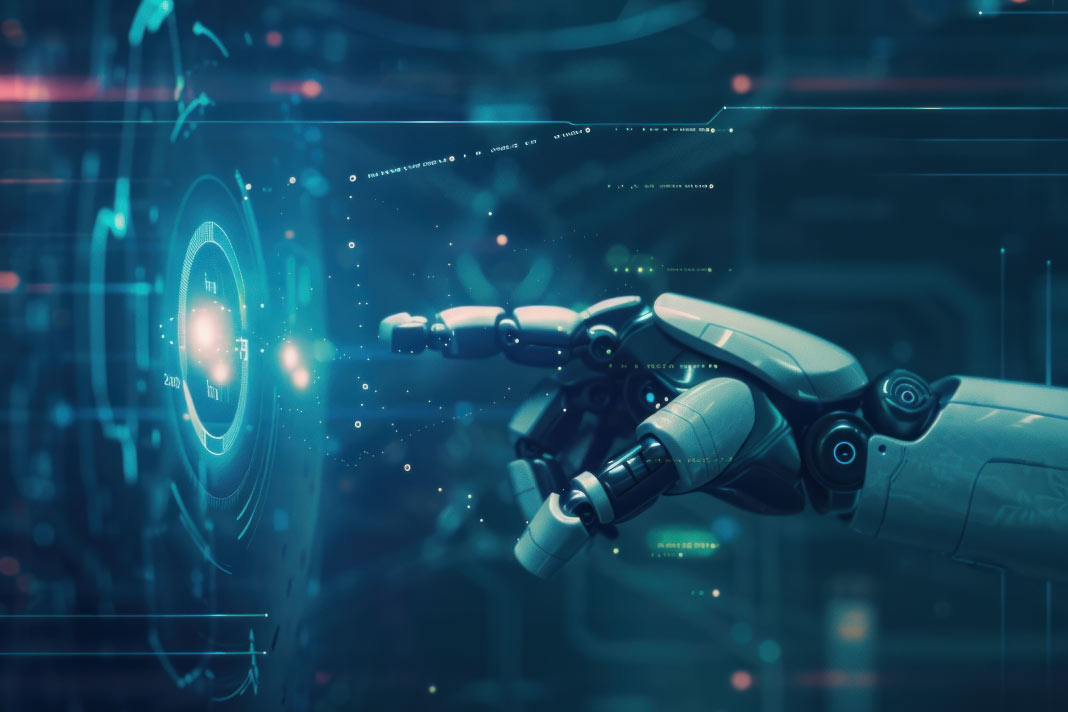AI Threatens Creators’ Livelihoods: New Study Warns. Learn about the economic impact and the need for regulation to protect creators’ rights.
The first-ever global study measuring the economic impact of AI in the music and audiovisual sectors calculates that Generative AI will enrich tech companies while substantially jeopardizing the income of human creators in the next five years.
This is one of the key findings of the study commissioned by CISAC (International Confederation of Societies of Authors and Composers, representing over 5 million creators) and conducted by PMP Strategy.
While the revenues of Gen AI providers will see dramatic growth over the next five years, creators risk losing a large share of their current income due to AI’s substitutional impact on human-made works. Despite providing the creative fuel of the “Gen AI” content market, music and audiovisual creators will see 24% and 21% of their revenues at risk of loss by 2028. This amounts to a cumulative loss of €22 billion over the 5 years (€10 billion in music; €12 billion in audiovisual).
The study finds that the market for music and AV content generated by AI will increase exponentially in the next five years, growing from around €3 billion now to €64 billion in 2028.
The economic study assesses that, as a result of this exponential growth in the market for music and audiovisual content, the future revenues of Gen AI providers will rise to annual revenues of €4 billion in music (up from €0.1 billion in 2023) and €5 billion in audiovisual (up from €0.2 billion) by 2028. These are revenues derived directly from the unlicensed reproduction of creators’ works, representing a transfer of economic value from creators to AI companies.
In the music sector, AI will strongly impact the streaming and music library markets. By 2028, Gen AI music is projected to account for approximately 20% of traditional music streaming platforms’ revenues and around 60% of music libraries’ revenues.
The projected revenue loss will also be substantial for audiovisual creators. Translators and adaptors for dubbing and subtitling will experience the strongest impact, with 56% of their revenue at risk, while screenwriters and directors could see their revenues cannibalized by 15 to 20%.
Also Read: Explained: Deep Belief Network
The study’s key takeaway
The study concludes: “In an unchanged regulatory framework, creators will suffer losses on two fronts: the loss of revenues due to the unauthorized use of their works by Gen AI models without remuneration; and replacement of their traditional revenue streams due to the substitution effect of AI-generated outputs, competing against human-made works.”
CISAC President Björn Ulvaeus has welcomed the study as a guideline for policymakers in global legislative debates. “For creators of all kinds, from songwriters to film directors, screenwriters to film composers, AI has the power to unlock new and exciting opportunities – but we have to accept that, if badly regulated, generative AI also has the power to cause great damage to human creators, to their careers and livelihoods. Which of these two scenarios will be the outcome? This will be largely determined by the choices made by policymakers in legislative reviews that are happening worldwide right now. We must get these regulations right, protect creators’ rights and help develop an AI environment that safeguards human creativity and culture”.
CISAC Director General Gadi Oron said: “CISAC commissioned this study from PMP Strategy to show the enormous value copyright works bring to Gen AI companies. Its conclusions point to a fundamental flaw that is opening up in the market, with creators’ works being unfairly and unethically appropriated to boost the revenues of Gen AI providers while leaving the creators themselves out of this growth There is a critical message here for policymakers: they must act urgently to safeguard human creators, culture and creativity. They must ensure that human creators are protected, can exercise their legal rights ,and can demand transparency from AI services. These principles enshrined in the AI environment can be a win-win for creators and the tech industry rather than a threat to our culture and creative sector”.
CISAC Vice-President, film director, and screenwriter Ángeles González-Sinde Reig said: “This study highlights the need for ethical and economically sound policies that put creators’ rights at the very center of the AI world. AI tools can profoundly support our work as storytellers and filmmakers. But there is enormous anxiety that in a rush to exploit and monetize generative AI, creators will be treated like an afterthought, lacking the right to authorize uses of their work, unprotected by transparency rules, and unable to receive fair remuneration. We must not forget that it is human creators who provide the fuel of the AI world and who must be at the center of policymaking and regulation”.
Marcelo Castello Branco, CISAC Board Chair and CEG of Brazil’s UBC said: “Our sector has adapted to whatever new technology comes our way, but with generative AI we find ourselves in uncharted territory as the disruption goes to the very core of the creative process, not just its distribution channels. We stand ready to embrace these changes, but let there be no doubt: our foremost priority is to protect the livelihoods of our member creators. We are committed to ensuring that they can continue their vital work and sharpen their craft without compromise. Together, we will navigate this landscape, safeguarding the rights and opportunities of those who drive real and human innovation and creativity”.
Also Read: Explained: Generative Adversarial Network
Background and methodology
The study is the first of its kind to estimate the economic impact of Gen AI on creators of music and audiovisual productions on a global level. It combines qualitative and quantitative research, using Gen AI application case studies to identify areas of greatest impact and converting these into economic estimates on the market penetration of Gen AI services and the revenue losses to creators. It also provides estimates of Generative AI tools and services’ revenues that can serve as basis to calculate remuneration schemes for creators.
The historical figures and forecast assumptions are based on market data, relevant benchmarks, and extensive interviews with industry experts: Collective Management organizations (CMOs), creators, tech players, producers, publishers, DSPs, institutional players representative of these industries, and public institutions.



